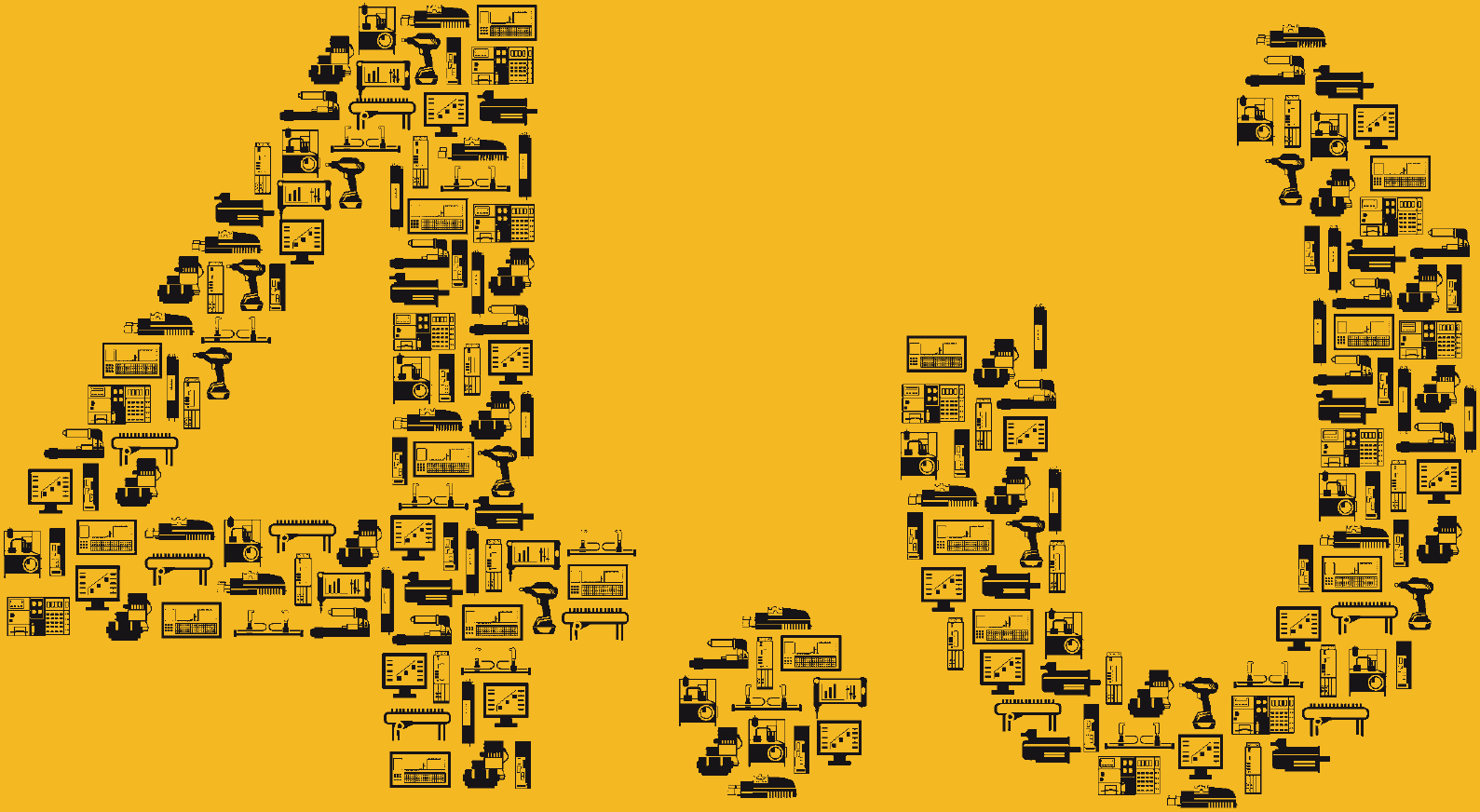| Strenuous efforts have to be made when networking the entire value chain. And these steps are certainly worth taking. |
 |
It happened first in 2008 : there were more networked objects than people on the planet. By 2025 this figure is expected to reach 50 billion – from cars to production machines. The opportunities arising for businesses as a result of connections between the physical world of production and the virtual world of information technology are enormous. It would appear that even a batch size of one can be manufactured at mass production conditions. Processes and inventory are continuously being optimized. Manufacturing costs and resource consumption are dropping while the potential for innovation is rising. A McKinsey study has come up with a figure of eleven trillion dollars in added value over the next ten years.
Ready for value creation
In view of its advantages, moving toward Industry 4.0 is logical. It is worthwhile to make the necessary investments – even if they initially appear to be high. In a recent study, business con sultants Roland Berger** forecast that in the next 15 years European companies will have to invest 1.35 trillion euros in technological, organizational and legal developments. This will be necessary although the “third industrial revolution”, i.e. using electronics and information technology to automate production processes, has not yet been fully achieved. Whereas digitization has been almost fully implemented, at least in European machinery, many different separate business processes still remain. It is primarily a need for software solutions to comprehensively exchange both technical and business administration information. Additionally, complex technologies will have to be mastered in order to achieve networking, i.e. the inteligent automation of entire value addition networks by installing cyber-physical systems. In view of these challenges, the reluctance of small and medium-sized companies might appear understandable. Practical examples, however, clearly demonstrate that Industry 4.0 can be realized when approached step by step. (Refer to the report on page 12 for approaches to achieve this).
At the center: the human being
Human beings play a central role in these changes – as users, designers and decision-makers. There is no question that the world of work is going to change as well. But factories devoid of people, as envisioned by many, are not going to happen. Working in a networked factory will be more exacting, but more flexible, too. Technology will support human beings better than ever before. People and machines will be working hand in hand and simple processes will take place automatically. Relevant planning and coordination information will be displayed to ensure that decisions can be made even in complex manufacturing environments. Digital assistant systems will collect, select and evaluate all the data while the human being will continue to be the final decision-maker.
Open standards around the world
Open standards, vaild worldwide, have to be adopted to ensure the systems speak the same language. Various associations have become active in this respect. At the EU level, there are several initiatives, one of which is “Platform Industry 4.0”, which the German Federal Government has tasked with pressing ahead on Industry 4.0. In March 2014 the Industrial Internet Consortium was founded in the USA and has already attracted numerous international players. “From the point of view held by Bosch Rexroth, two topics will form the focus of development work toward achieving Industry 4.0, “explains Steffen Haack, member of the Board at Bosch Rexroth and responsible for the Industrial Applications Business Unit and for sales. “On the one hand, it is a question of automation’s evolution as it is further refined, especially by applying open interfaces and common standards. On the other hand, such discussions generate ideas for revolutionary production processes and business ideas.”
Sensibly implementing what is feasible
Whenever automation and IT coalesce, selecting the correct partners is essential, since very few companies have an equally good command of both fields. The expertise of the IT and manufacturing industries must be interlinked intelligently and the partners must work together to develop joint approaches to solutions, products, services and suitable business models. “If a company offering automation technology intends to develop a business model conforming with Industry 4.0, it will first have to come to terms with the mentality and motives of Internet technology,” emphasizes Wolfgang Blome of business consultants Blome+Partner. “And the company will have to determine which part of it can be utilized in factory automation.” Individual products alone will no longer suffice to achieve profitability. Instead, it will be an enterprise’s ability to utilize data. However, this will involve a step-by-step approach in which the feasible is implmented in a sensible fashion. |
|

